Home>Gardening & Outdoor>Pool & Spa Care>How To Increase Stabilizer In Hot Tub
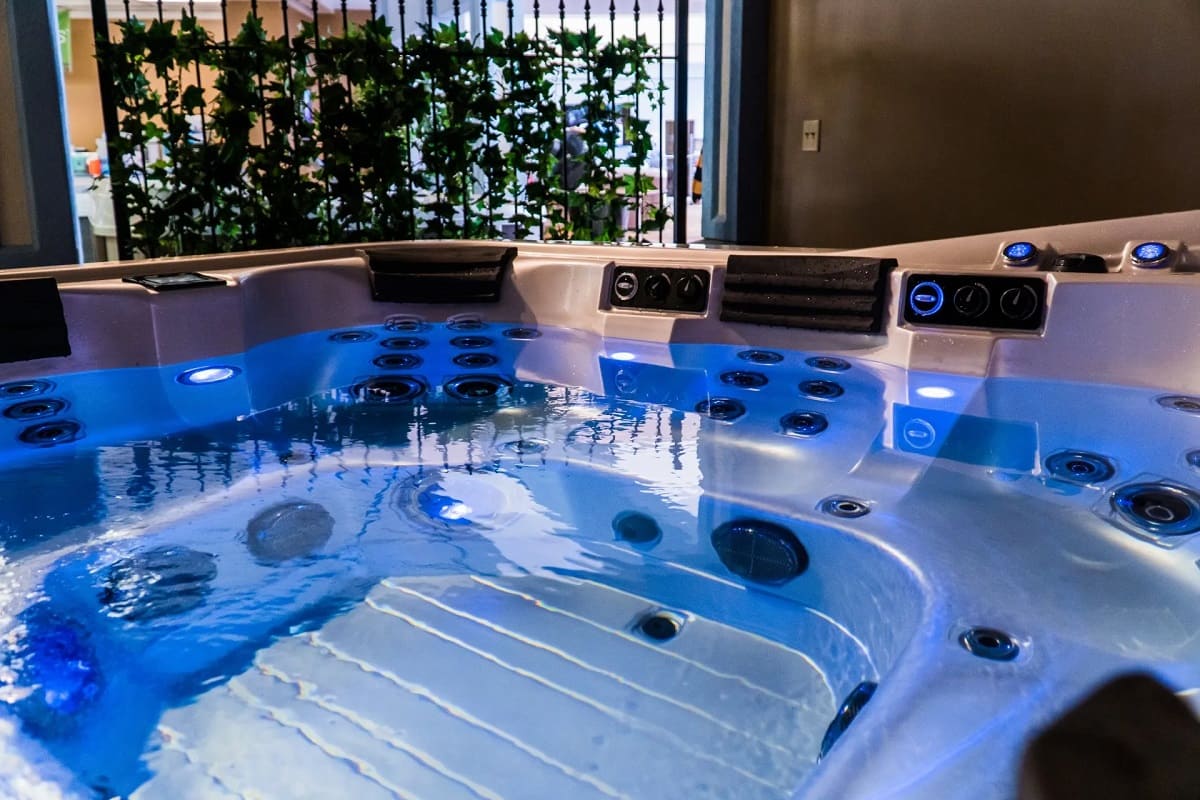

Pool & Spa Care
How To Increase Stabilizer In Hot Tub
Modified: May 6, 2024
Learn how to increase stabilizer in your hot tub for optimal pool and spa care. Follow these simple steps to maintain the right chemical balance and enjoy a clean, safe hot tub experience.
(Many of the links in this article redirect to a specific reviewed product. Your purchase of these products through affiliate links helps to generate commission for Storables.com, at no extra cost. Learn more)
Introduction
Owning a hot tub can be a luxurious and relaxing experience, offering a private oasis of warmth and tranquility. However, to ensure that your hot tub water remains clean, clear, and safe for use, it's crucial to maintain proper chemical balance. One essential component of this balance is stabilizer, also known as cyanuric acid. In this comprehensive guide, we'll delve into the importance of stabilizer in hot tubs, how to test and increase its levels, and the best practices for maintaining a healthy and inviting hot tub environment.
Whether you're a seasoned hot tub enthusiast or a newcomer to the world of spa care, understanding the role of stabilizer is pivotal for preserving water quality. By mastering the art of stabilizer maintenance, you can elevate your hot tub experience and ensure that it remains a source of joy and relaxation for years to come. Let's embark on this journey to unlock the secrets of stabilizer management and unveil the key to pristine hot tub water.
Key Takeaways:
- Regularly test and maintain stabilizer levels in your hot tub to protect chlorine from sunlight, save money on chemical replenishment, and ensure a safe and hygienic spa environment for a delightful experience.
- When adding stabilizer, pre-dissolve it in water, follow dosage guidelines, and allow for thorough mixing to protect chlorine, maintain water balance, and promote a consistently enjoyable hot tub experience.
Read more: What Is Stabilizer In A Hot Tub
Understanding the Importance of Stabilizer in Hot Tubs
Stabilizer, or cyanuric acid, plays a critical role in maintaining the efficacy of sanitizing agents in hot tub water. Its primary function is to shield the chlorine in the water from the deteriorating effects of ultraviolet (UV) rays. Without stabilizer, chlorine dissipates rapidly when exposed to sunlight, rendering it ineffective in combating bacteria, algae, and other contaminants. By stabilizing the chlorine, cyanuric acid helps prolong its lifespan, allowing it to efficiently sanitize the water over an extended period.
Moreover, stabilizer contributes to cost efficiency by reducing the frequency of chlorine replenishment. With adequate stabilizer levels, the chlorine demand diminishes, leading to less frequent additions of this essential sanitizer. This not only saves money in the long run but also minimizes the hassle of constantly adjusting chemical levels in the hot tub.
Furthermore, stabilizer aids in preserving the overall balance of hot tub water chemistry. By safeguarding the chlorine, it helps maintain the proper sanitation levels, preventing the proliferation of harmful microorganisms. This, in turn, promotes a hygienic and safe hot tub environment for bathers to enjoy.
Understanding the pivotal role of stabilizer in hot tubs empowers owners to make informed decisions regarding water maintenance. By recognizing its significance in preserving chlorine effectiveness, promoting cost efficiency, and upholding water balance, hot tub enthusiasts can prioritize stabilizer management as a fundamental aspect of spa care.
Testing Stabilizer Levels in Your Hot Tub
Accurately assessing the stabilizer levels in your hot tub is crucial for maintaining optimal water quality. Fortunately, this process can be easily accomplished using a simple and reliable testing method. Stabilizer testing kits, readily available at pool and spa supply stores, enable hot tub owners to gauge the cyanuric acid concentration with precision.
To conduct the test, begin by collecting a water sample from your hot tub in a clean container. Follow the instructions provided with the testing kit to add the appropriate reagents and perform the analysis. The results will reveal the current stabilizer level, allowing you to determine whether an adjustment is necessary.
Interpreting the test results is straightforward. The ideal stabilizer range for hot tubs typically falls between 30 and 50 parts per million (ppm). If the test indicates that the stabilizer level is below this range, it’s advisable to increase it to the recommended values. Conversely, if the stabilizer level surpasses the optimal range, diluting the water by adding fresh water can help restore the balance.
Regular testing of stabilizer levels is essential, especially during the warmer months when hot tubs are more susceptible to increased UV exposure. By monitoring and maintaining the stabilizer concentration within the recommended range, hot tub owners can ensure that their water remains adequately protected from the degrading effects of sunlight, thereby preserving the efficacy of chlorine and promoting a healthy hot tub environment.
By incorporating stabilizer testing into your routine hot tub maintenance regimen, you can proactively safeguard water quality and contribute to a consistently enjoyable and rejuvenating spa experience.
To increase stabilizer in your hot tub, add cyanuric acid according to the manufacturer’s instructions. This will help maintain the chlorine’s effectiveness and keep your water clean.
Adding Stabilizer to Your Hot Tub
When the stabilizer level in your hot tub falls below the recommended range, it’s imperative to promptly address the deficiency by adding stabilizer to the water. This straightforward process involves careful measurement and gradual introduction of the stabilizing agent to achieve the desired concentration.
Before adding stabilizer, it’s essential to ascertain the current volume of water in your hot tub. This can be determined by referencing the tub’s specifications or utilizing a water volume calculator. Knowing the precise water volume is crucial for calculating the appropriate amount of stabilizer needed to reach the target concentration.
Once the water volume is determined, refer to the manufacturer’s guidelines or the stabilizer product label to identify the recommended dosage based on the volume of water in your hot tub. It’s important to adhere to these instructions meticulously to avoid over- or under-dosing, as improper stabilizer levels can compromise water quality and hinder the efficacy of sanitizing agents.
When adding stabilizer, the most effective method involves pre-dissolving the stabilizing agent in a bucket of water before introducing it to the hot tub. This ensures even distribution and prevents the formation of concentrated pockets of stabilizer in the water, which could lead to inaccurate readings and uneven protection against UV degradation.
After pre-dissolving the stabilizer, pour the solution directly into the hot tub water while the circulation system is running to facilitate thorough mixing. This aids in achieving uniform distribution of the stabilizer, promoting consistent protection of the chlorine from UV rays and maintaining water balance throughout the hot tub.
Following the addition of stabilizer, allow the water to circulate for a sufficient duration to ensure proper dispersion. Subsequently, retest the stabilizer levels to confirm that the desired concentration has been achieved. If necessary, additional adjustments can be made to fine-tune the stabilizer levels until they fall within the recommended range.
By adhering to these guidelines and exercising diligence in the stabilizer addition process, hot tub owners can effectively restore and maintain the optimal cyanuric acid concentration, thereby fortifying the water against UV degradation and preserving the efficacy of sanitizing agents.
Maintaining Stabilizer Levels in Your Hot Tub
Consistent monitoring and maintenance of stabilizer levels are essential for preserving the efficacy of sanitizing agents and upholding water quality in your hot tub. Implementing a proactive approach to stabilizer management can contribute to a hygienic and inviting spa environment, ensuring that bathers can luxuriate in clean, clear water while minimizing the need for excessive chemical adjustments.
Regular testing of stabilizer levels, particularly during the warmer months when UV exposure is heightened, is fundamental for preemptively addressing any fluctuations in cyanuric acid concentration. By adhering to a routine testing schedule, hot tub owners can promptly identify deviations from the optimal stabilizer range and take corrective measures to restore the balance.
In addition to periodic testing, it’s advisable to factor in the dilution effect when replenishing the water in your hot tub. As water is periodically added or replaced due to evaporation, splash-out, or water changes, the stabilizer concentration can become diluted. Consequently, adjusting the stabilizer levels following significant water additions or replacements is crucial for maintaining the desired cyanuric acid concentration.
Furthermore, minimizing unnecessary water dilution practices, such as draining and refilling the hot tub excessively, can help stabilize the stabilizer levels and reduce the frequency of adjustments. By adopting water conservation practices and employing efficient water maintenance techniques, hot tub owners can mitigate the need for frequent stabilizer replenishment.
When utilizing stabilizer products, it’s imperative to select high-quality, reliable formulations to ensure consistent and accurate results. Adhering to the manufacturer’s recommendations and guidelines for stabilizer usage and dosing is essential for achieving optimal water balance and preserving the efficacy of sanitizing agents.
Additionally, staying informed about advancements in spa care and chemical management can empower hot tub owners to make informed decisions regarding stabilizer products and techniques. Keeping abreast of industry developments and best practices enables enthusiasts to refine their stabilizer management strategies and enhance water quality in their hot tubs.
By integrating these proactive measures and best practices into your hot tub maintenance routine, you can effectively maintain stabilizer levels within the recommended range, safeguarding the efficacy of sanitizing agents and promoting a pristine and rejuvenating hot tub experience for all to enjoy.
Read more: What To Do If Stabilizer Is High In Hot Tub
Conclusion
Mastering the art of stabilizer management is pivotal for upholding water quality and ensuring a delightful and hygienic hot tub experience. By comprehending the critical role of stabilizer, or cyanuric acid, in shielding chlorine from UV degradation and preserving its efficacy, hot tub enthusiasts can prioritize the maintenance of optimal stabilizer levels as a cornerstone of spa care.
Regular testing of stabilizer levels, coupled with diligent adjustments and maintenance, empowers hot tub owners to proactively safeguard water quality and minimize the risk of chlorine depletion due to UV exposure. By adhering to recommended stabilizer ranges and employing meticulous dosing techniques, enthusiasts can fortify their hot tub water against the degrading effects of sunlight, promoting a consistently clean, clear, and inviting spa environment.
Furthermore, prudent water conservation practices and informed product selection contribute to the sustainable management of stabilizer levels, reducing the frequency of adjustments and optimizing the longevity of sanitizing agents. By staying attuned to industry advancements and best practices, hot tub owners can refine their stabilizer management strategies and elevate the overall quality of water maintenance in their spas.
In essence, the conscientious management of stabilizer levels in hot tubs is a testament to the commitment to water quality and the pursuit of an exceptional spa experience. By integrating these principles into your hot tub maintenance regimen, you can cultivate a pristine and rejuvenating oasis, ensuring that your hot tub remains a source of relaxation and rejuvenation for years to come.
Embark on this journey of stabilizer mastery and witness the transformative impact it has on your hot tub experience, as you revel in the bliss of crystal-clear, perfectly balanced water, and indulge in the serenity of your own private retreat.
Curious about more ways to keep your spa in top shape? Maintaining a hot tub involves more than just adjusting stabilizer levels. For optimal cleanliness and safety, choosing the right chemicals is crucial. Dive into our detailed guide on selecting the best options for your needs. You'll find practical advice that simplifies your decision-making process, ensuring your hot tub remains a haven for relaxation and fun.
Frequently Asked Questions about How To Increase Stabilizer In Hot Tub
Was this page helpful?
At Storables.com, we guarantee accurate and reliable information. Our content, validated by Expert Board Contributors, is crafted following stringent Editorial Policies. We're committed to providing you with well-researched, expert-backed insights for all your informational needs.
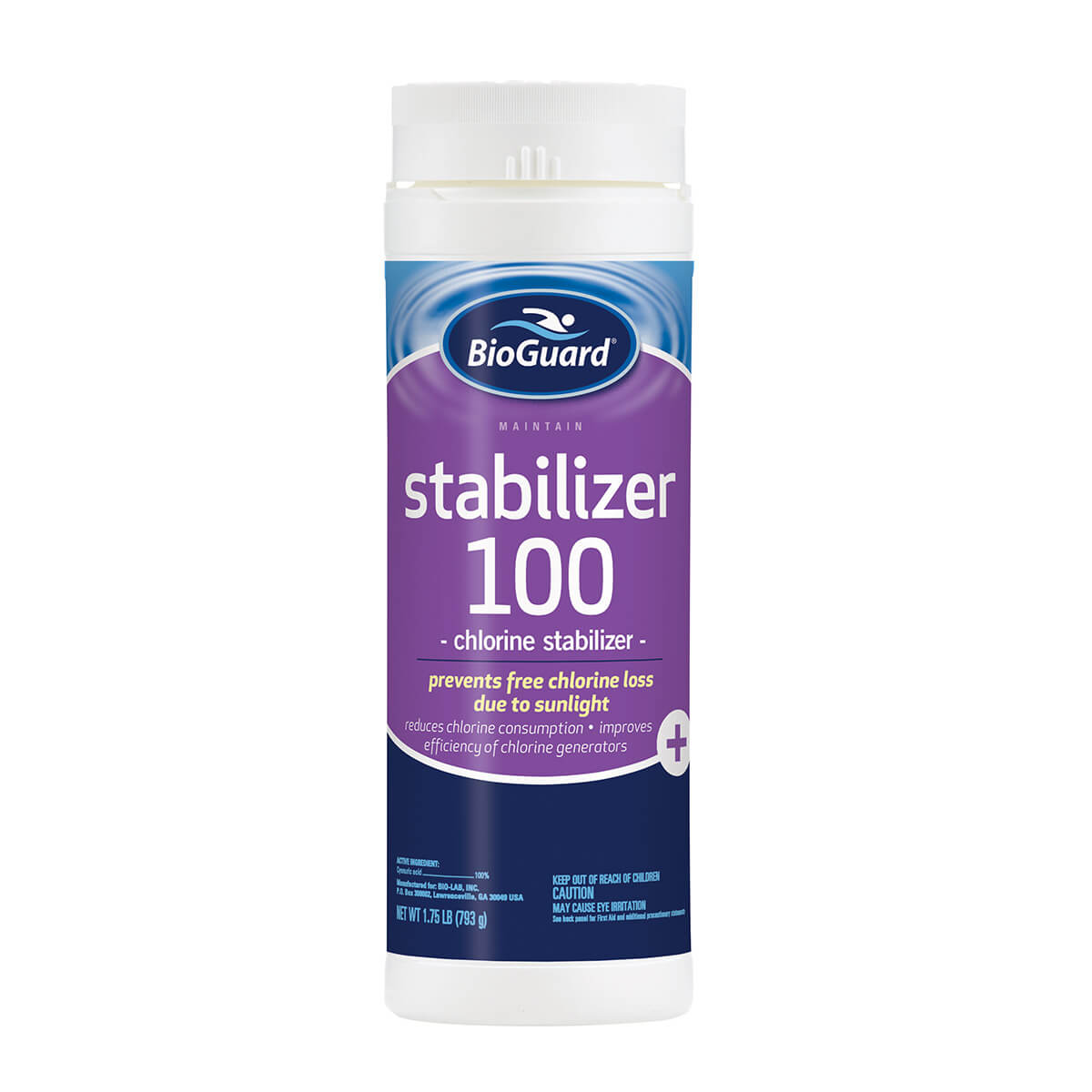
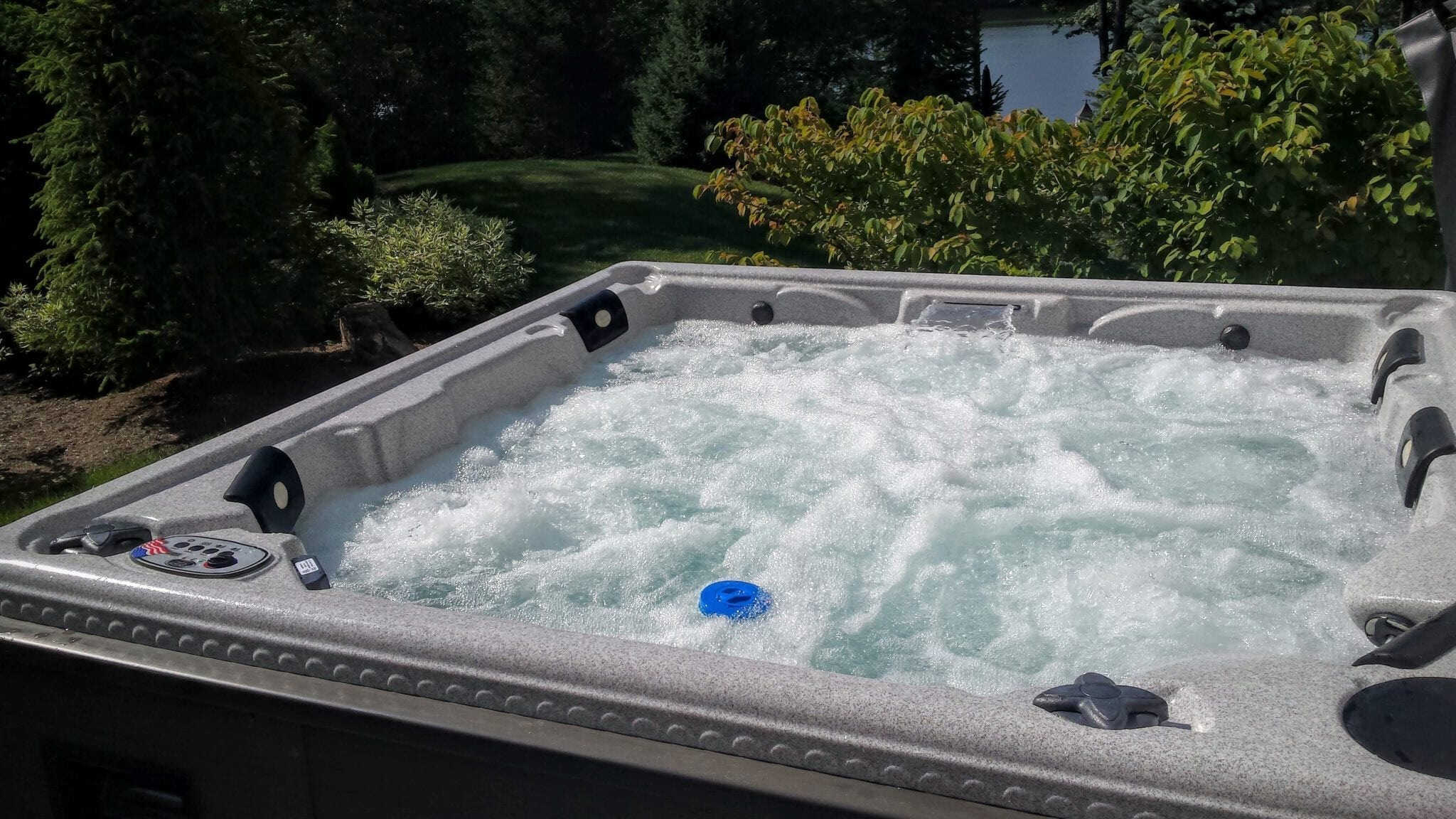
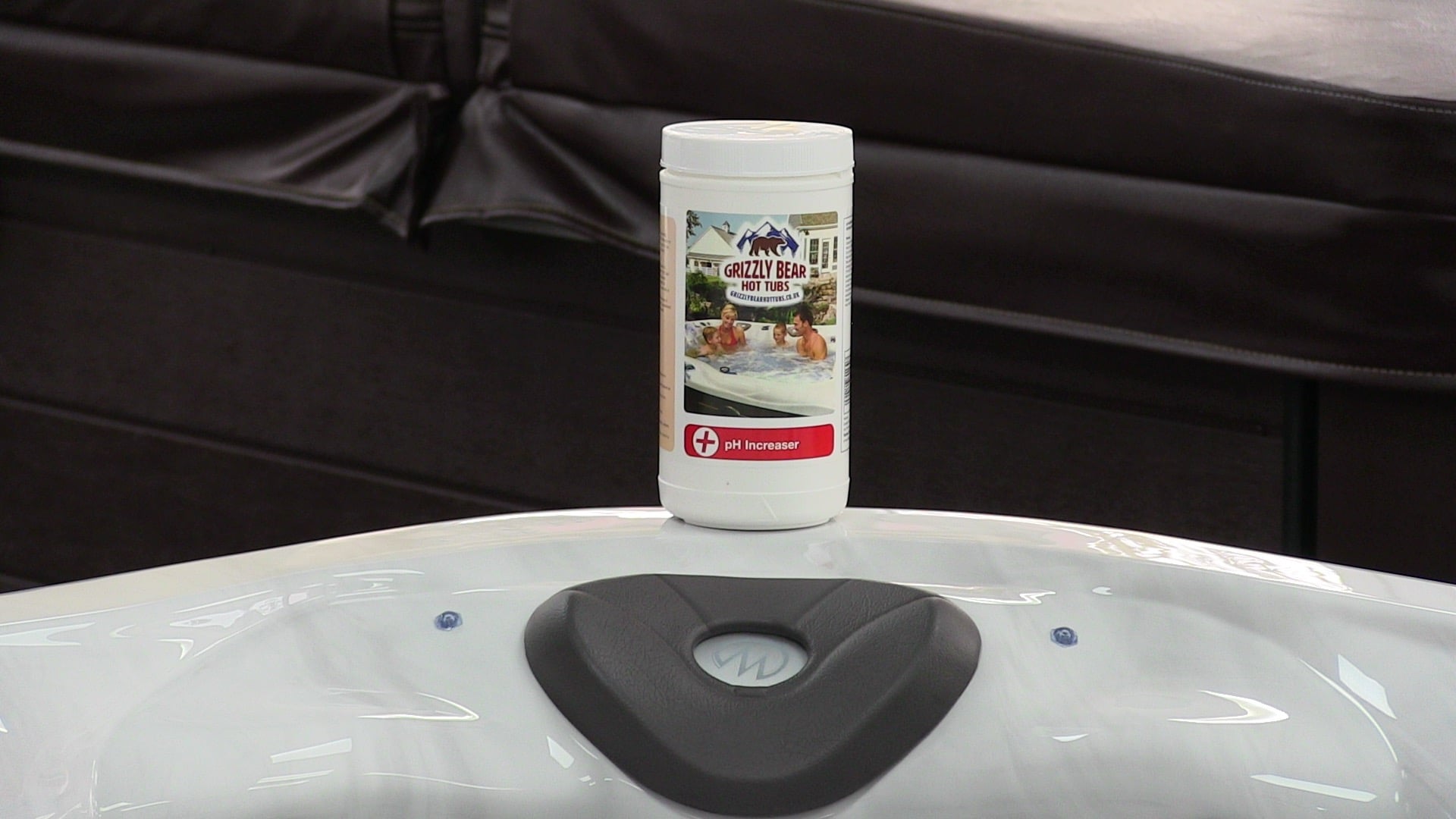
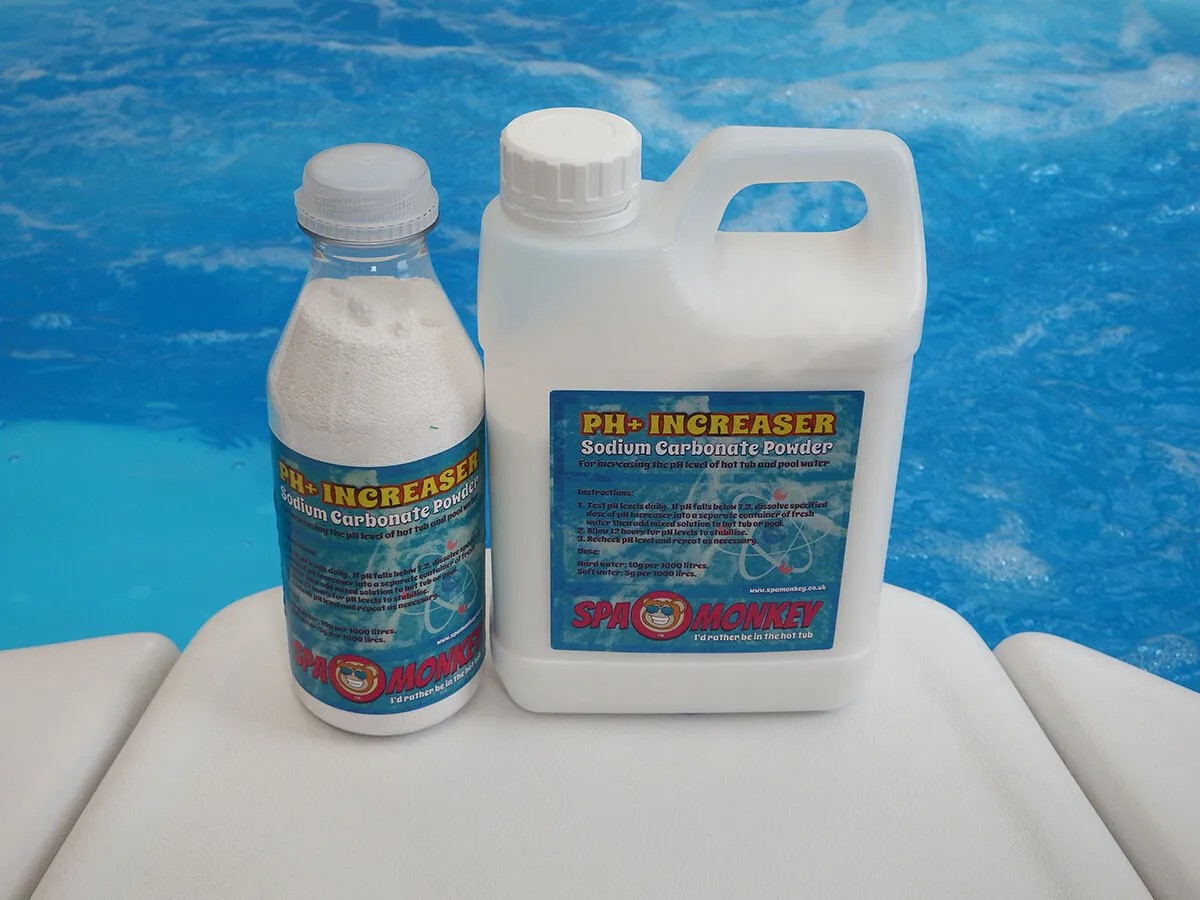
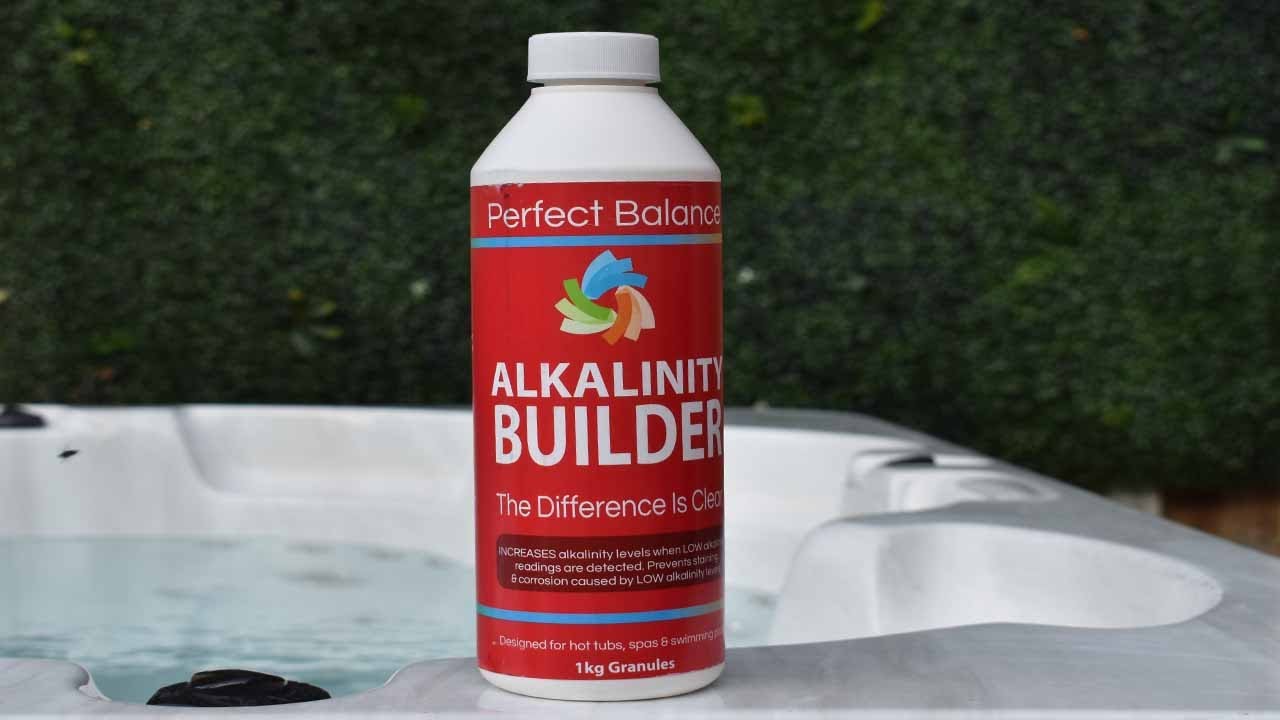
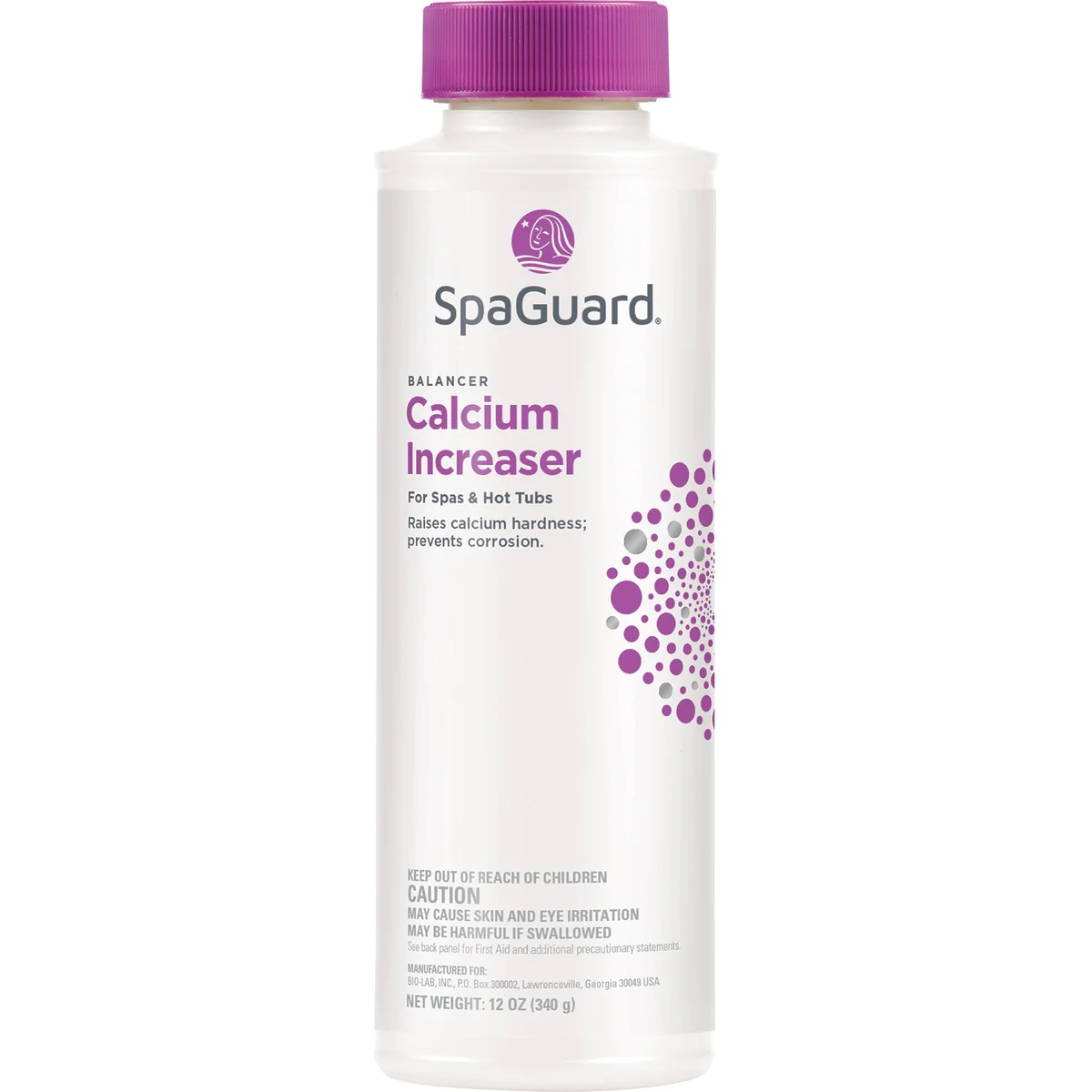
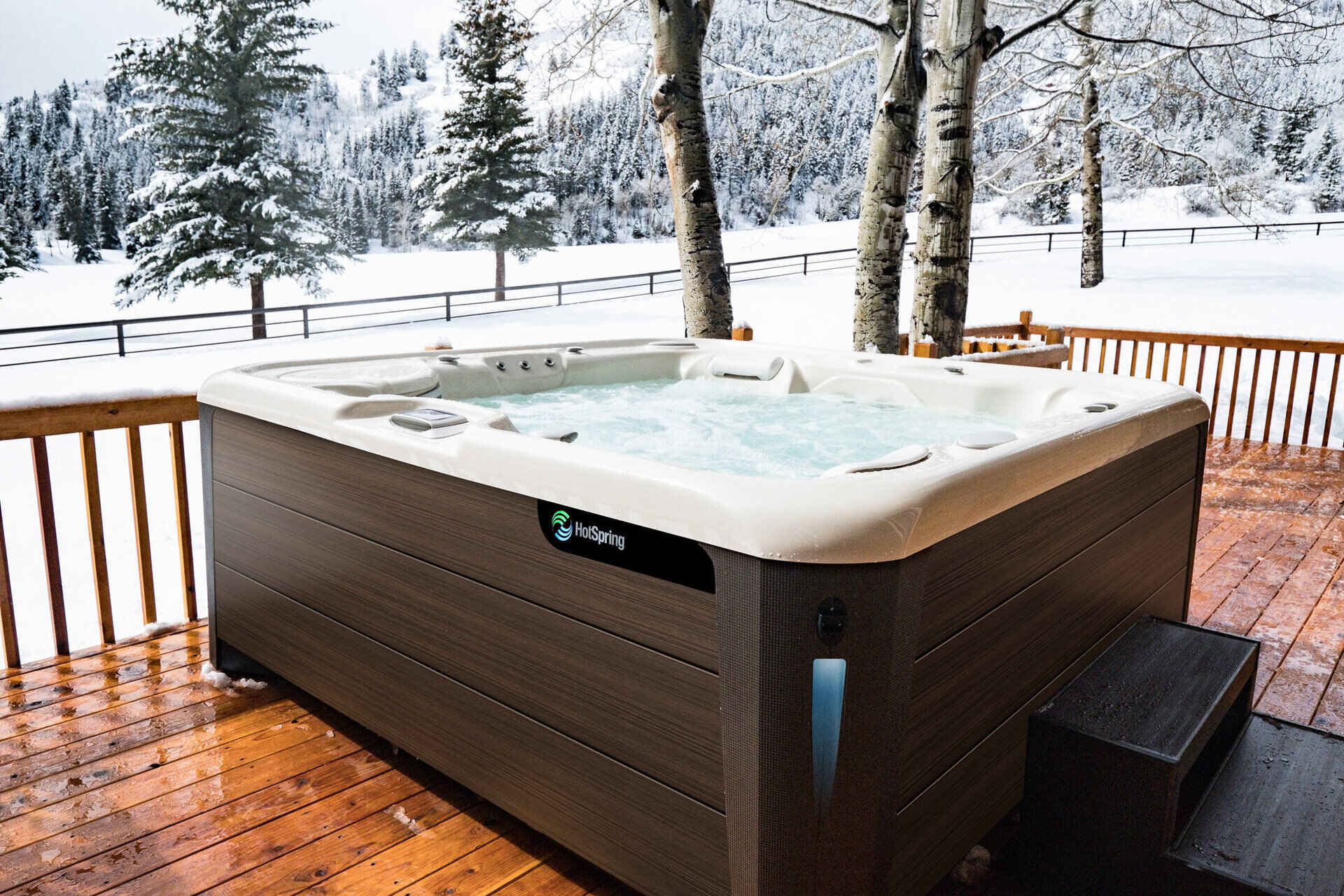
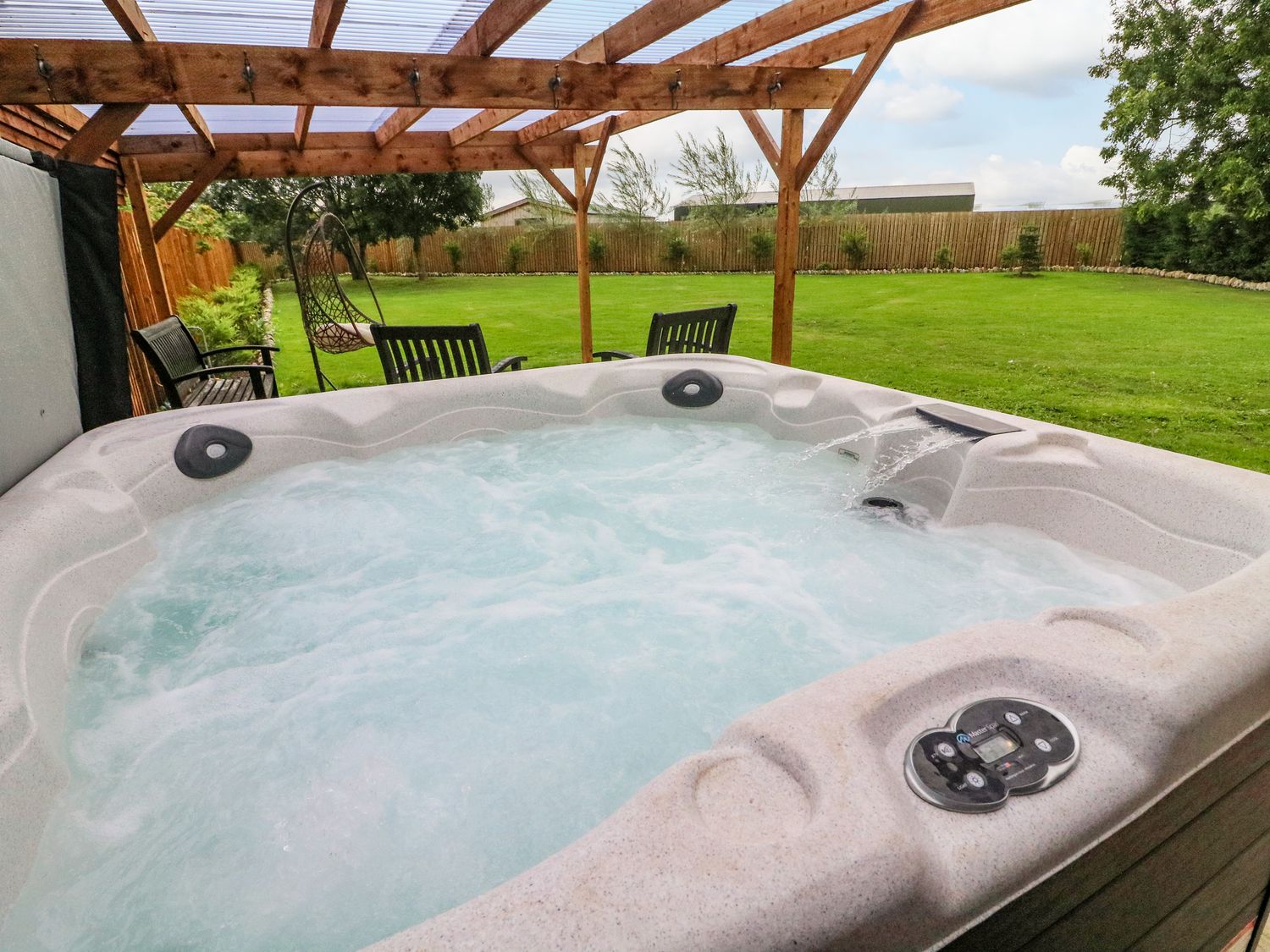
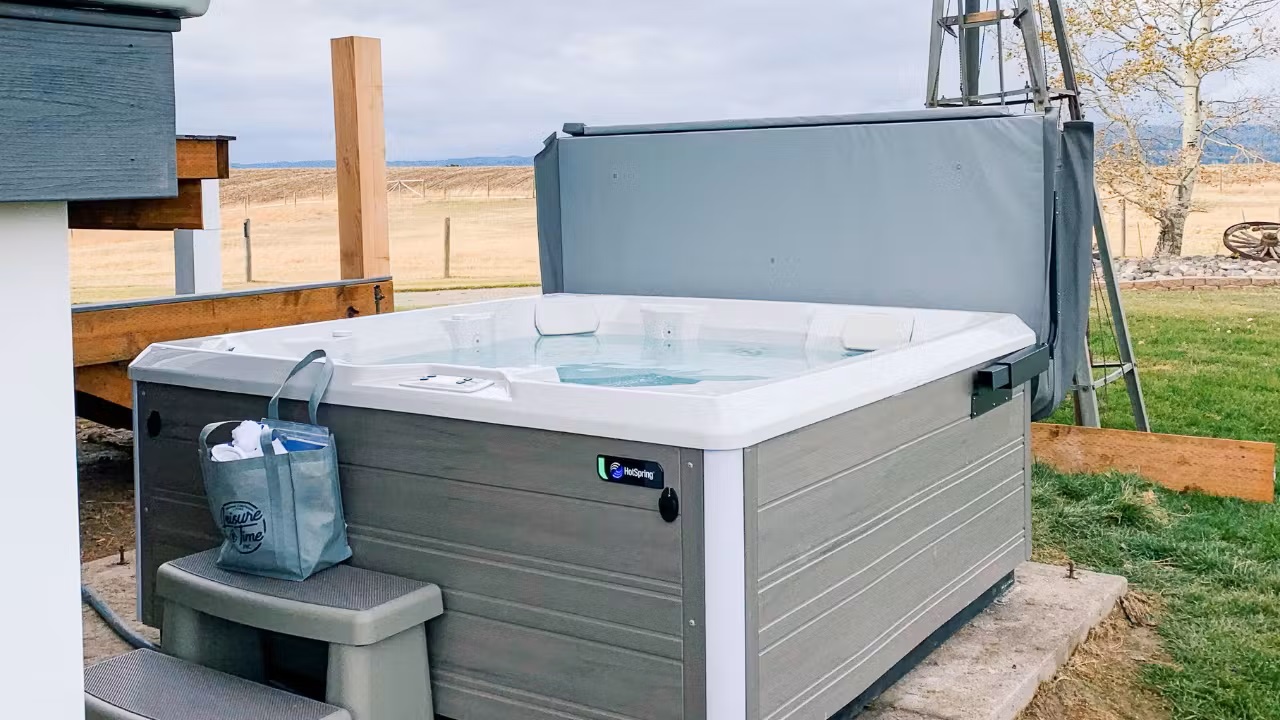
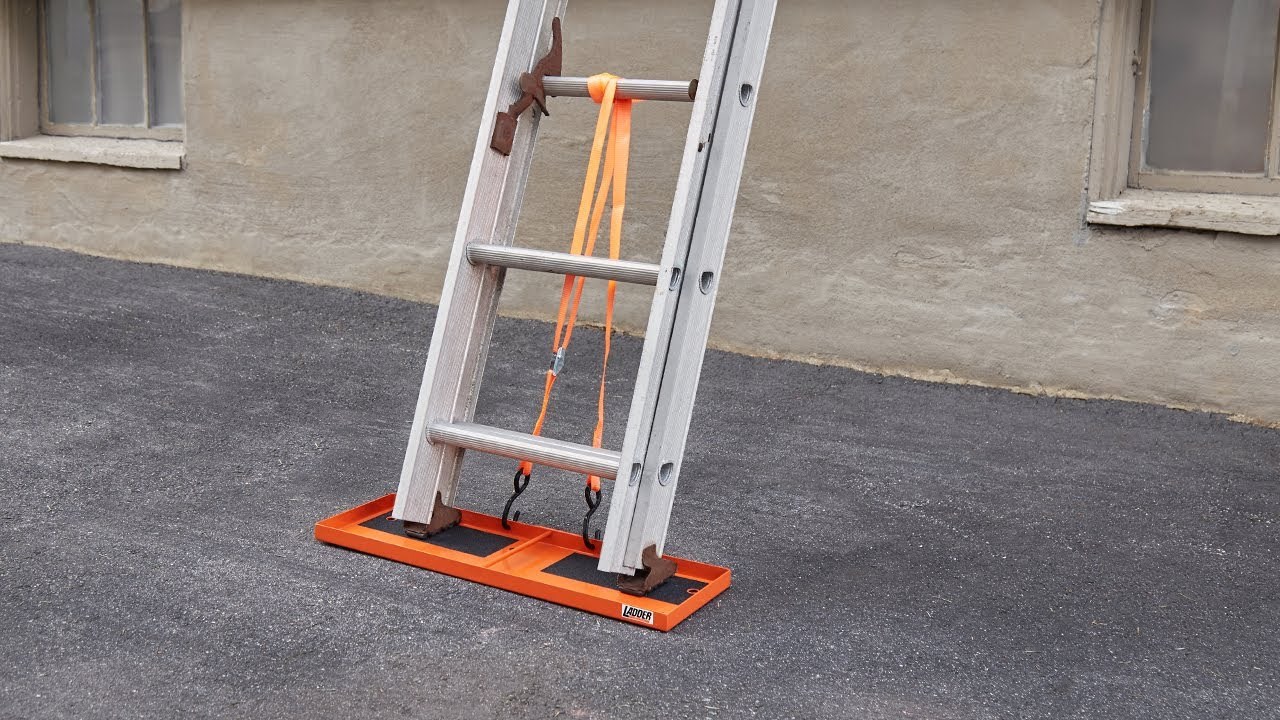
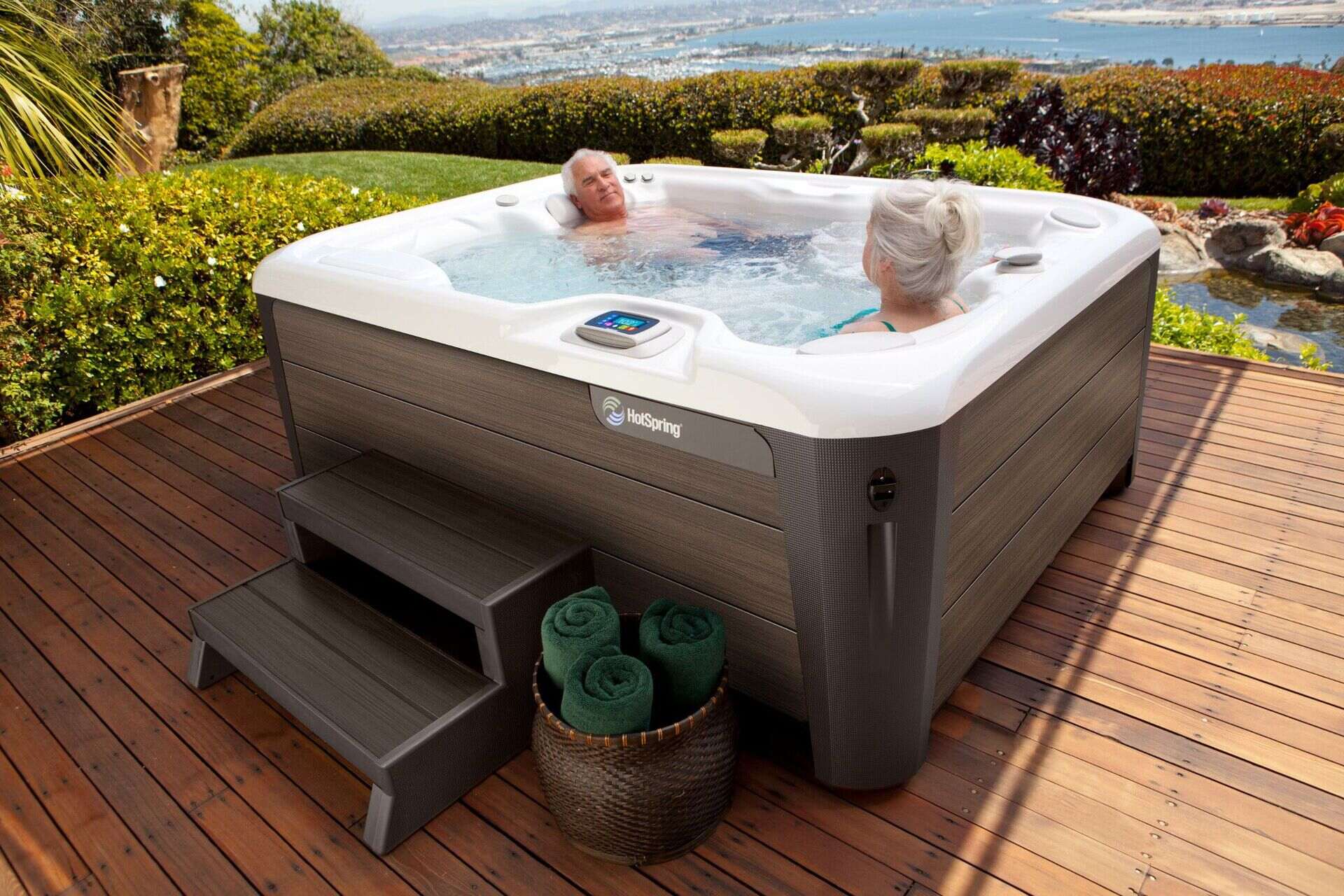
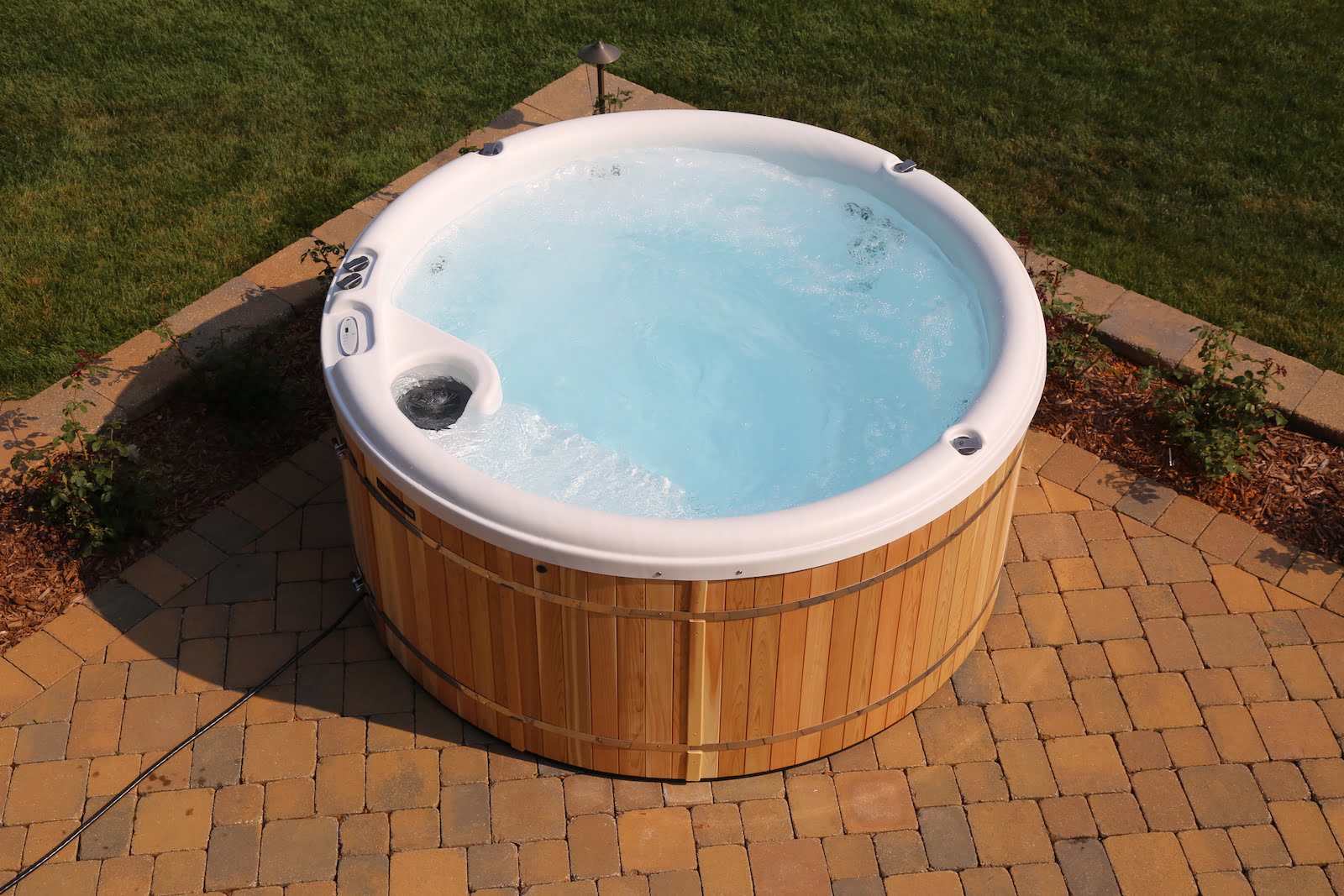
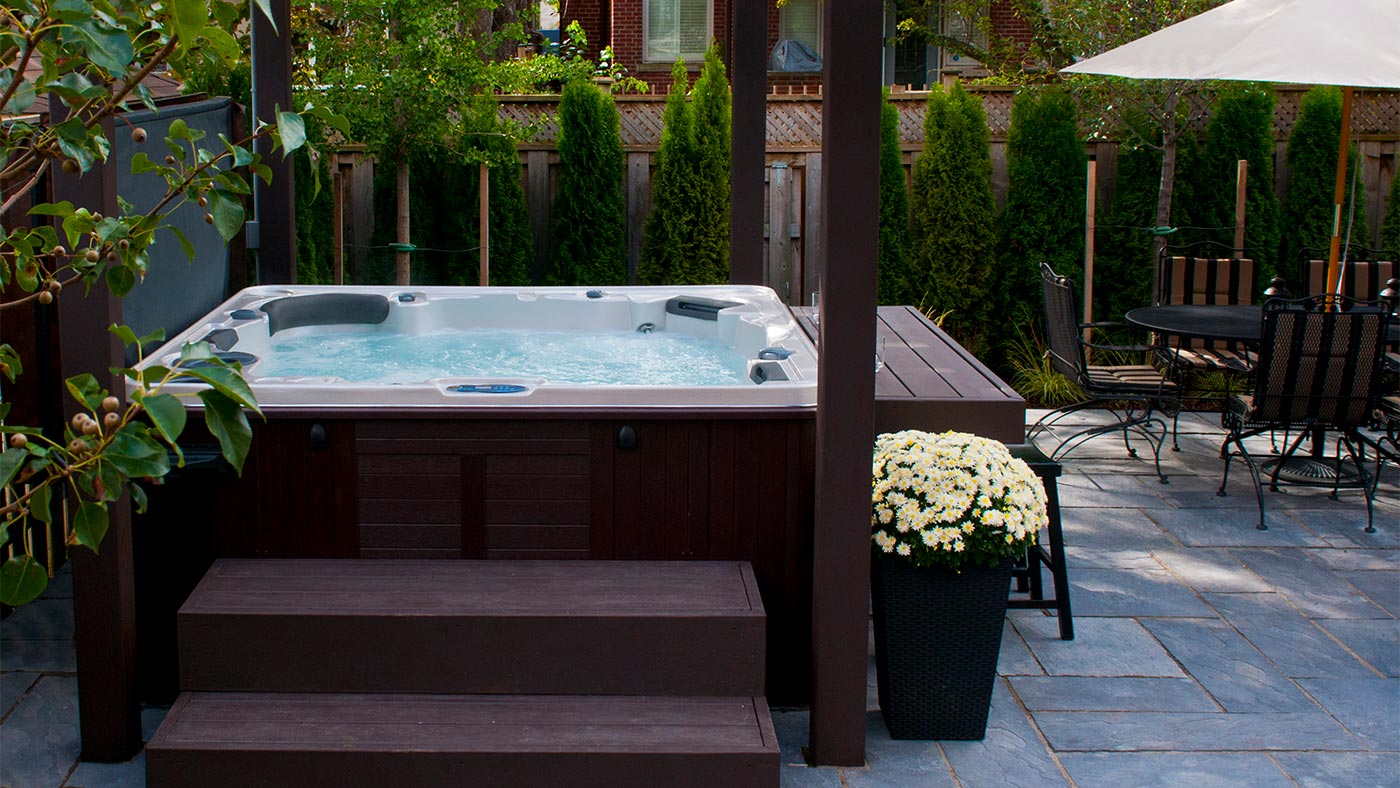
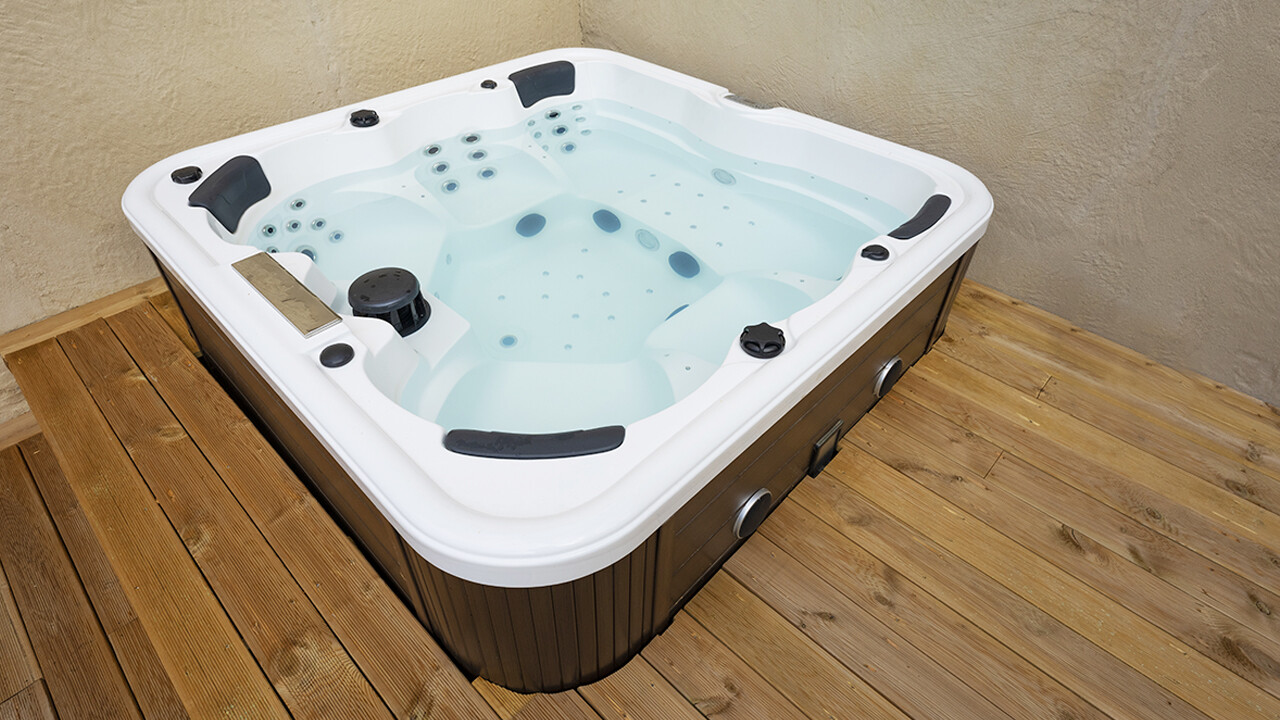

0 thoughts on “How To Increase Stabilizer In Hot Tub”